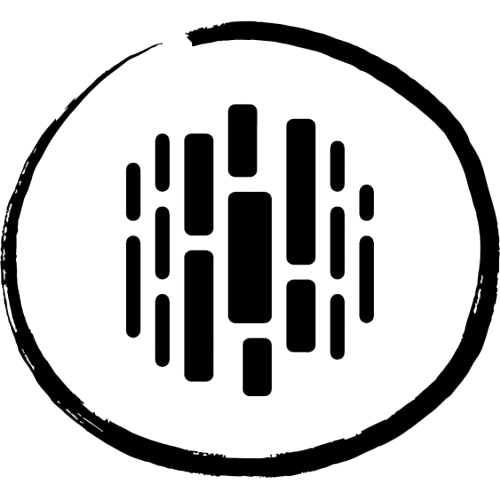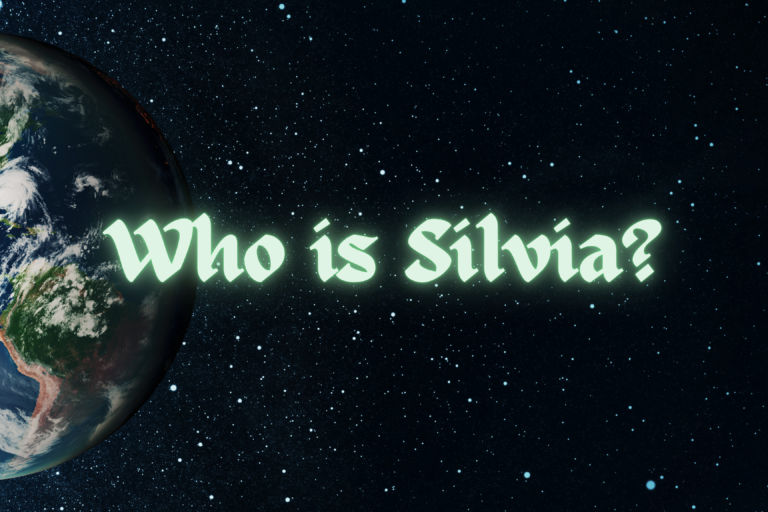The Blue Danube: How Music Lifts Us from Despair
In 1866, Vienna was in mourning. Austria had just suffered a devastating defeat in the Austro-Prussian War, and the city—once filled with music and dance—had fallen into a state of sadness. It was in this atmosphere that Johann Strauss II was asked to compose a new piece for the Vienna Men’s Choral Association.
He wrote The Blue Danube, originally as a choral work with lyrics meant to lighten the mood. But when it premiered in early 1867, it fell flat. The words were weak, and the piece failed to move the audience. It seemed destined to be forgotten.
But Strauss saw the potential in his melody. He removed the lyrics and arranged the piece purely as an orchestral waltz. When this new version debuted later that year, everything changed. The music soared, capturing the imagination of listeners far beyond Vienna. By the time it reached Paris, London, and New York, The Blue Danube had become one of the most beloved waltzes in history.
In my opinion beyond its success, the story of The Blue Danube carries a simple but powerful lesson. Sometimes, when we feel lost, defeated, or overwhelmed by life, words alone don’t help. But music—pure, beautiful, and full of vibrations—can reach us in ways nothing else can. It is as if we have a kind of dementia and music reminds us that joy still exists, that beauty can rise even from clouds of sadness, and that even in difficult times, we can dance again and enjoy!
And now, I invite you to experience this magical and natural tuner of the soul—The Beautiful Blue Danube, performed live in Vienna by André Rieu & His Johann Strauss Orchestra. Thank you, The Blue Danube. Thank you, Strauss. And thank you for celebrating this masterpiece with me. Let the music carry you. 🎶




🤍👌🏻